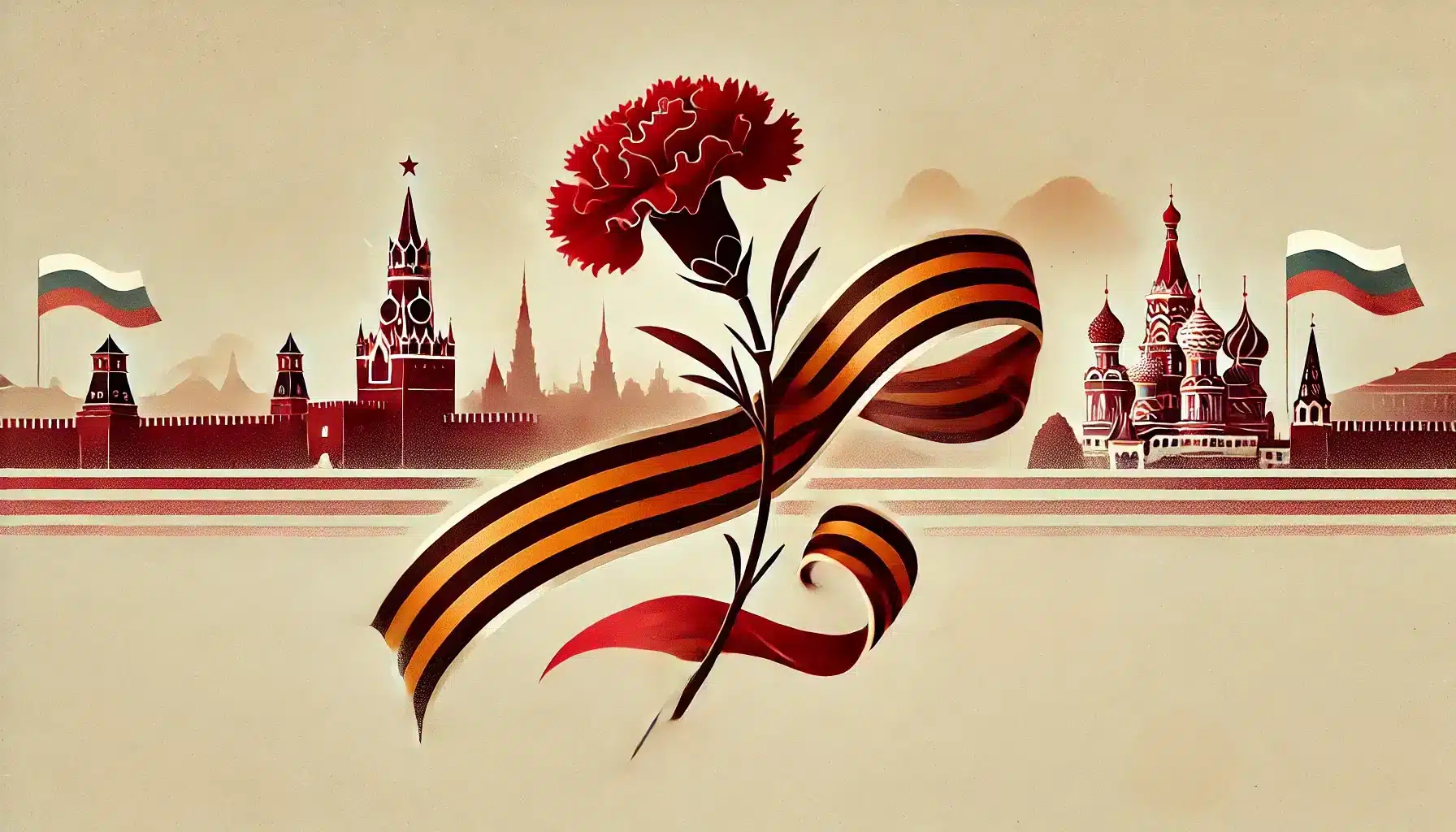What is Victory Day in Russia?
Victory Day is celebrated annually on May 9 in Russia to commemorate the Soviet Union’s victory over Nazi Germany in World War II. It is one of the most significant national holidays in the country, honoring the immense sacrifices made during the war, in which an estimated 27 million Soviet citizens lost their lives.
The day serves as a reminder of the Soviet Union’s role in defeating fascism and remains deeply ingrained in Russian national identity. It is marked by military parades, public ceremonies, and expressions of patriotism across the country.
History and Origin
Victory Day has been observed in Russia since 1945, marking the official acceptance of Nazi Germany’s unconditional surrender to the Allied forces, including the Soviet Union. While other Allied nations commemorate Victory in Europe Day (V-E Day) on May 8, the Soviet Union recognized the event on May 9 due to the time zone difference when the surrender was signed late at night in Berlin.
Since its inception, Victory Day has evolved from a solemn remembrance of war sacrifices to a major national holiday emphasizing Russian strength, resilience, and patriotism.
Who Participates in Victory Day?
- Government and military officials: Lead official ceremonies and oversee military parades.
- War veterans and their families: Honored for their service and sacrifices during World War II.
- Citizens across Russia: Participate in commemorations, concerts, and parades.
- The international community: Some foreign dignitaries attend the Moscow celebrations.
- Schools and educational institutions: Teach about the historical significance of the Great Patriotic War.
Colors
- Red: Symbolizes the Soviet victory and the sacrifices made by soldiers.
- Gold: Represents honor, bravery, and the medals awarded to war heroes.
- Black and orange: The colors of the Ribbon of St. George, a widely recognized symbol of military valor.
Symbols
- Eternal Flame: Represents the memory of fallen soldiers and is present in many Russian war memorials.
- Ribbon of St. George: A black-and-orange ribbon worn to honor veterans and fallen soldiers.
- T-34 tank: A symbol of Soviet military strength and a prominent feature in Victory Day parades.
Patterns
- Victory banners: Red flags resembling those carried by Soviet troops in 1945.
- Medal ribbons: Representing war decorations awarded to veterans.
- Parade formations: Military units marching in precise formations as a tribute to past heroes.
Most Used Hashtags
- #VictoryDay
- #May9
- #RussiaRemembers
- #GreatPatrioticWar
- #ImmortalRegiment
How to Observe Victory Day in Russia
- Attend the military parade: Moscow’s Red Square hosts a massive parade featuring military personnel, tanks, and aircraft.
- Join the Immortal Regiment march: Citizens walk through the streets holding portraits of relatives who fought in World War II.
- Watch fireworks displays: Major cities across Russia light up the skies in celebration.
- Visit war memorials: Pay respects at monuments and Eternal Flames dedicated to fallen soldiers.
- Reflect on history: Engage in discussions or watch documentaries about World War II and its impact on Russia.
Why is Victory Day Important?
Victory Day is a cornerstone of Russian national identity, honoring the past while reinforcing a sense of unity and resilience. It serves as a tribute to the millions of people who fought and died during the war and emphasizes the importance of remembering history. The day also strengthens national pride, with celebrations highlighting the strength and perseverance of the Russian people.
Features
May 9: Victory Day (Russia)
Why do you keep falling for the same type?
Read the article Lovemaps: the hidden blueprint of our love.

